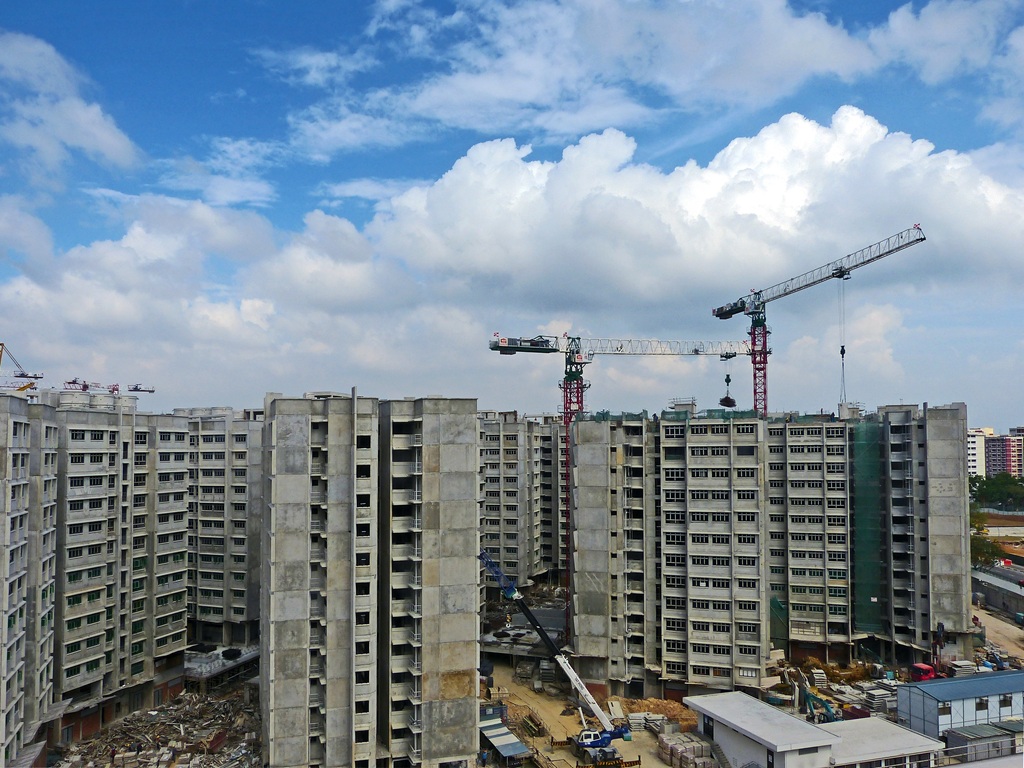Managing a mega construction site is akin to conducting a symphony orchestra on a grand scale. It requires a masterful conductor who can harmonize a multitude of moving parts, from coordinating vast workforces and complex logistics to navigating intricate designs and stringent safety regulations. Here’s a glimpse into the art of orchestrating these colossal projects:
1. Masterful Planning and Scheduling
Detailed Project Plans: Developing meticulous project plans that outline every phase, task, and dependency is crucial. This includes establishing clear timelines, defining milestones, and allocating resources effectively.
Advanced Scheduling Techniques: Employing advanced scheduling techniques, such as critical path method (CPM) and linear scheduling, helps optimize workflows, identify potential bottlenecks, and ensure timely project completion.
Real-time Monitoring and Control: Implementing robust project management software and utilizing real-time data tracking enables continuous monitoring of progress, proactive identification of deviations, and timely adjustments to schedules.
2. Coordinating a Symphony of Stakeholders
Effective Communication: Establish clear communication channels and protocols to ensure seamless information flow between all stakeholders, including clients, contractors, subcontractors, designers, and regulatory agencies.
Collaboration and Teamwork: Foster a collaborative environment where all stakeholders work together towards a common goal, sharing information, expertise, and responsibilities.
Conflict Resolution: Develop effective conflict resolution mechanisms to address disputes and disagreements promptly and constructively.
3. Conducting the Logistics Orchestra
Strategic Procurement: Implement a strategic procurement process to ensure timely and cost-effective sourcing of materials, equipment, and services.
Efficient Material Handling: Optimize material handling and logistics to minimize waste, reduce on-site congestion, and ensure materials are available when and where needed.
Technology-Driven Logistics: Utilize technology, such as GPS tracking, RFID tagging, and drone surveillance, to enhance logistics management, track materials, and optimize delivery routes.
4. Ensuring a Safe and Harmonious Performance
Safety Culture: Cultivate a strong safety culture by prioritizing safety training, enforcing strict safety protocols, and empowering workers to identify and report potential hazards.
Safety Technology: Implement technology-driven safety measures, such as wearable sensors, safety monitoring systems, and real-time alerts, to enhance safety monitoring and response.
Emergency Preparedness: Develop and regularly practice emergency response plans to ensure preparedness for any unforeseen events or accidents.
5. Conducting Quality Control
Quality Assurance and Quality Control (QA/QC): Implement rigorous QA/QC procedures throughout the project lifecycle to ensure adherence to design specifications, building codes, and quality standards.
Inspections and Audits: Conduct regular inspections and audits to identify and rectify any defects or deviations from quality standards.
Continuous Improvement: Foster a culture of continuous improvement by encouraging feedback, analyzing performance data, and implementing corrective actions to enhance quality and efficiency.
6. Leading with Vision and Expertise
Experienced Leadership: Appoint experienced and skilled project managers who can effectively lead and motivate teams, make informed decisions, and navigate challenges.
Delegation and Empowerment: Delegate responsibilities effectively and empower team members to take ownership of their tasks, fostering a sense of accountability and responsibility.
Adaptability and Flexibility: Remain adaptable and flexible to adjust plans and strategies as needed in response to unforeseen challenges or changes in project requirements.
Managing a mega construction site is a complex and demanding endeavor that requires a blend of technical expertise, leadership skills, and a commitment to safety and quality. By effectively orchestrating these various elements, project managers can successfully deliver these colossal projects, transforming visions into reality and leaving a lasting legacy on the urban landscape.

